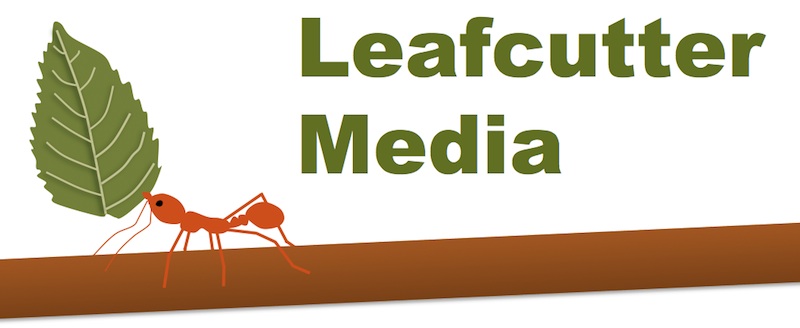My all-time favorite professional organization is the Association for Biology Laboratory Education, chiefly because the annual hands-on workshops provide ideas that I can use right away in my teaching. (ABLE’s journal compiles all of the past workshops and is a great resource.)
One great example is a workshop I attended in June at the 2021 Virtual Conference of ABLE (ViABLE) The workshop was presented by Joanna Vondrasek of Piedmont Virginia Community College, and she talked about using Google Forms in synchronous or asynchronous biology courses. Thanks to her presentation, Vondrasek opened my eyes to a world of simple, free, versatile ways of using Google Forms in class.

I was a little surprised that I didn’t know about Google Forms already, because I occasionally use Google Docs, Google Sheets, and Google Slides in my class. For example, in lab, if students use their microscopes to measure the thickness of a frog’s skin, they might enter their measurement into a Google Sheet and later use the pooled data to make a graph. One problem with using Google Sheets in this way, however, is that a student entering data toward the end of the collection time may be influenced by data that others have already put in. They might think, “Hmmm, I thought the skin was 50 microns thick, but everyone else got 300-350 microns, so I’ll change my answer to 300.” As a result, the class may move as a herd to incorrect answers entered by students who rushed through the exercise, or accurate outliers may go unreported.
One strength of using Google Forms instead is that each student reports and sees only their own data. They can’t see what anyone else entered until the instructor shares the results from the whole class. But there are other benefits as well: The interface for Google Forms is user-friendly; the creator of the Form can embed videos and images; it’s easy to create open-ended, multiple choice, dropdown, or check box questions; you can import questions from other sources. It’s even possible to make the form conditional, so that a user can’t move onto a subsequent set of questions before answering precursor questions correctly. (Vondrasek has used this feature to create an “escape room” review for exams – I am not that ambitious yet!)
In the workshop I attended, Vondrasek used this animated gif of root movement from HHMI BioInteractive’s Phenomenal Images collection, and she paired it with questions adapted from the educator materials handout. In the form she created for the ViABLE workshop, we examined the animation and answered some basic multiple choice questions about roots and plants. We then entered our observations and questions about the animation, and we listed environmental stimuli that might affect the direction of plant root growth. As a mock “student,” I found it both engaging and super easy to use.
But the best part was yet to come. She went to the Responses section at the back end of the Google Form site, quickly copied all of our answers about environmental stimuli that influence root growth, and pasted them into a word cloud generator. In the blink of an eye, we could see the collected responses: light, gravity, water, nutrients, and so on. In her class, she uses the word cloud as a visual aid in talking about each of the most common responses (and, I imagine, the less-obvious answers that students may not have thought of). She finishes up the activity with a link to a question in a Canvas discussion board.
Google Forms have so much potential! Vondrasek uses Google Forms as a way to focus student attention in breakout rooms in her online classroom, but they could easily be used in a face-to-face class. For example, would it be possible to use Google Forms to replace clickers altogether? Also, besides generating material for discussions, as Vondrasek has done, could we replace some of the data collection pages in our printed lab manuals with a series of Google Forms?
If you’re intrigued, here are some links to useful resources:
- How to use Google Forms: https://support.google.com/docs/answer/6281888
- Word cloud generator that Vondrasek used: https://www.jasondavies.com/wordcloud/
- HHMI BioInteractive Phenomenal Images collection: Go here: https://www.biointeractive.org/classroom-resources, then filter for Activities. Once there, click “Phenomenal images.” You’ll see the entire collection, and if you want to get some question hints for one you like, download the Educator Resources.
And if you want to try interacting with a Google Form, I created a simple four-question one for you: https://forms.gle/sYPTBiBfV4Ki7j5L8. Please have a look, answer the questions if you’d like, and if you think you can make room for Google Forms in your teaching, I urge you to explore the many features of Google Forms that I haven’t covered here.


Good Chairski!